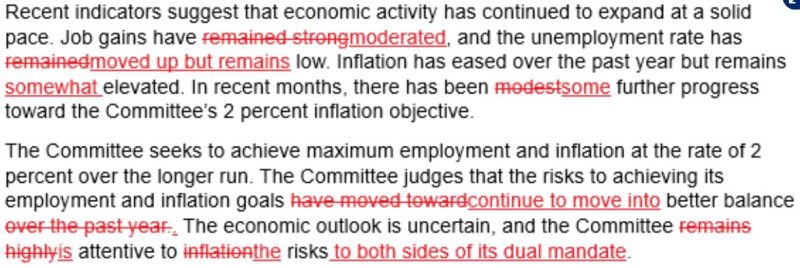In recent times, there has been immense speculation and debate surrounding the Federal Reserve’s role in the economy, with many questioning the consequences of its actions on the average citizen. As the central banking system of the United States, the Federal Reserve plays a crucial role in setting monetary policy and regulating the country’s financial institutions. However, some argue that the Fed’s policies may be leading to unintended consequences that could ultimately harm the general population.
One of the key areas of concern is the Fed’s ongoing quantitative easing (QE) programs. Under QE, the Fed purchases large quantities of financial assets, such as government bonds and mortgage-backed securities, in order to inject liquidity into the financial system and lower long-term interest rates. While this policy was initially implemented in response to the 2008 financial crisis to stimulate economic growth and prevent deflation, critics argue that it has now become a crutch that distorts market dynamics and encourages excessive risk-taking.
By keeping interest rates at historically low levels for an extended period of time, the Fed may be fueling asset bubbles in various sectors of the economy, such as housing and stocks. This artificially inflated prices of assets could create the illusion of prosperity while masking underlying vulnerabilities that could lead to a severe market correction in the future. Moreover, the ultra-low interest rates engineered by the Fed make it difficult for savers to earn a decent return on their investments, thus disproportionately impacting those reliant on fixed-income assets, such as retirees.
Furthermore, the current monetary policies pursued by the Fed have contributed to the widening wealth gap in the country. The ultra-rich, who own a significant portion of financial assets, have benefited greatly from the Fed’s interventions, as the rising prices of stocks and real estate have boosted their net worth. On the other hand, lower- and middle-class individuals who rely on wages for their income have seen their purchasing power eroded by inflation, without a proportionate increase in their wealth.
Another issue that arises from the Fed’s intervention in the economy is the moral hazard it creates. By repeatedly bailing out financial institutions and backstopping markets during times of crisis, the Fed sends a signal that risky behavior will be rewarded and that market participants can engage in excessive speculation without fear of consequence. This not only distorts market incentives but also undermines the principles of free-market capitalism by perpetuating a system where losses are socialized while gains are privatized.
In conclusion, while the Federal Reserve’s intentions may be well-meaning in its attempt to stabilize the economy and promote growth, its policies may be setting the stage for a future crisis that could have far-reaching consequences for the average citizen. It is essential for policymakers and economists to critically assess the long-term impacts of the Fed’s actions and consider alternative approaches that prioritize stability, sustainability, and equity in the financial system. By fostering a more transparent and inclusive dialogue surrounding monetary policy, we can work towards a more resilient and equitable economic future for all.
